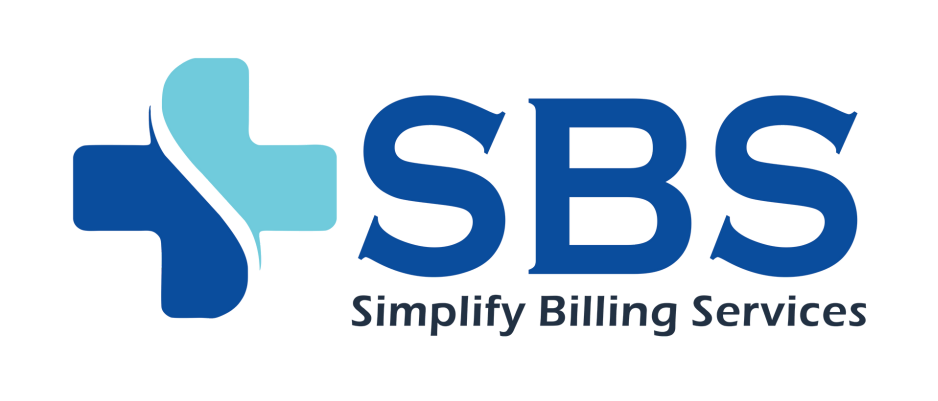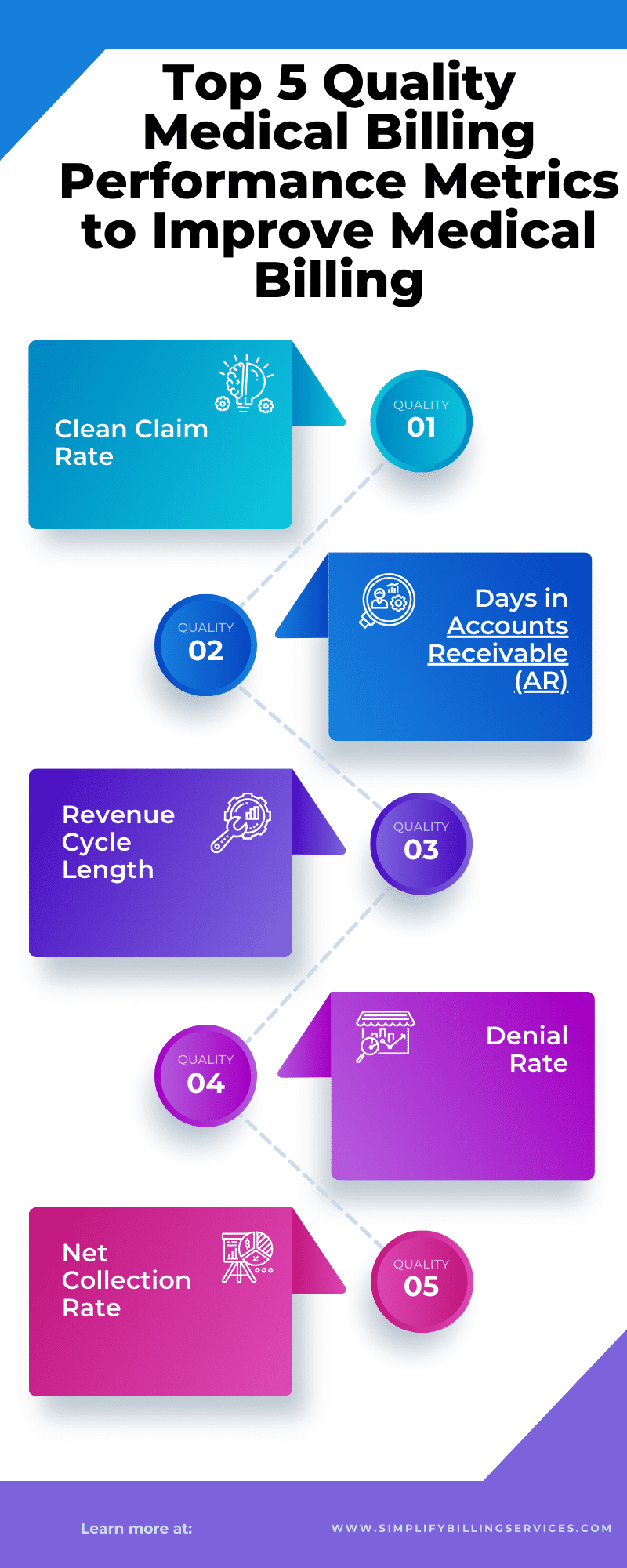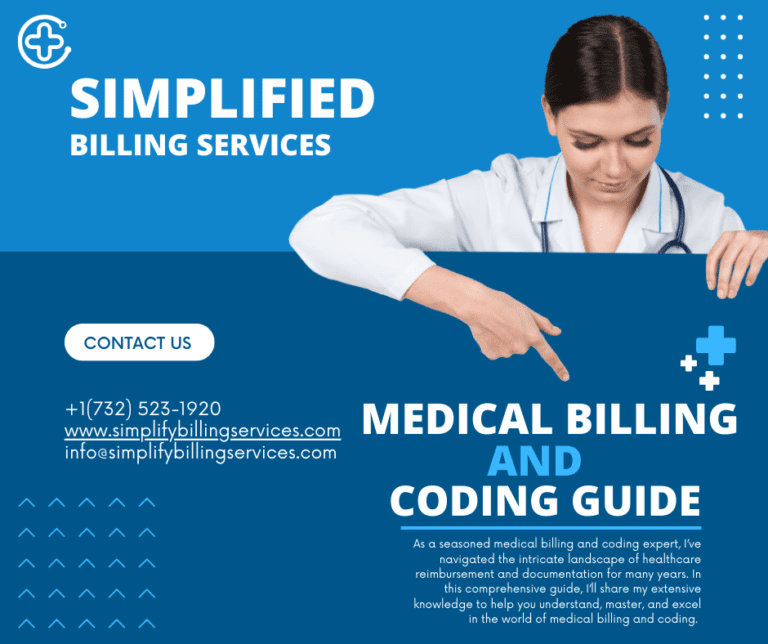Today, I’m excited to share my experience as a physician when it comes to improving medical billing performance.
We all know that efficient medical billing is crucial for the financial well-being of healthcare practices.
In this article, I’ll discuss five essential medical billing performance metrics from a physician’s point of view that can make a significant difference in your practice’s revenue and overall success.
Top 5 Quality Medical Billing Performance Metrics to Improve Medical Billing
1: Clean Claim Rate
Clean claim rate is a fundamental metric that every physician should monitor closely.
It represents the percentage of claims submitted to insurance companies that are processed without any rejections.
In my experience, maintaining a clean claim rate of at least 95% is essential to ensure a steady cash flow. The lower the rejection rate, the quicker you get paid for your services.
2: Days in Accounts Receivable (AR)
Days in AR is a critical metric that indicates the average number of days it takes for your practice to collect payment after services are rendered.
Aim for a low Days in AR metric, ideally less than 30 days. Reducing this metric can significantly improve your practice’s financial stability.
3: Revenue Cycle Length
The revenue cycle length measures the time from patient registration to the final collection of payment.
A streamlined revenue cycle reduces the time you have to wait for revenue, so it’s crucial to analyze and optimize this metric. I have found that adopting electronic health records (EHR) and practice management software can help in this regard.
4: Denial Rate
Denial rate measures the percentage of claims that are initially rejected and must be resubmitted.
A denial rate exceeding 5% can indicate inefficiencies in your billing process. Regularly monitoring this metric and addressing the root causes of denials can save you time and money.
5: Net Collection Rate
The net collection rate is a critical metric for evaluating the effectiveness of your billing operations. It measures the percentage of billed charges that you actually collect.
A high net collection rate, ideally above 95%, ensures that you are maximizing your revenue and minimizing revenue leakage.
In addition to these five key performance metrics, I’d like to share some:
Additional insights and tips that have helped me improve my medical billing processes
- Stay Informed: Keep up with the ever-changing healthcare regulations and insurance policies. Regularly attending seminars or workshops can be a great way to stay informed.
- Utilize Technology: Invest in up-to-date billing software, EHR systems, and revenue cycle management tools. These can streamline the billing process and reduce errors.
- Train Your Staff: Your staff plays a crucial role in the billing process. Invest in their training to ensure they are up to date with the latest coding and billing guidelines.
- Documentation Matters: Accurate and complete documentation is the foundation of successful medical billing. Ensure that your clinical documentation supports the services billed.
- Regular Audits: Conduct regular audits of your billing operations. Identify areas for improvement and take action promptly.
- Outsource if Necessary: Sometimes, outsourcing your medical billing to a specialized billing company can be a cost-effective solution. They have expertise in handling the complex billing process.
Now, let’s talk about the importance of these metrics in the broader healthcare landscape.
According to recent data, practices that effectively manage these metrics can experience:
- An increase in revenue by up to 10-20%.
- A decrease in claim denials by up to 90%.
- Improved patient satisfaction due to faster, more accurate billing processes.
Conclusion
Optimizing medical billing performance is vital for the financial health of any healthcare practice. As a physician, I’ve learned that keeping a close eye on these five quality medical billing performance metrics and implementing best practices can lead to improved revenue, reduced stress, and better patient care.
I hope my personal insights and experiences have been helpful to you in understanding the importance of these metrics. Remember, consistently monitoring and improving your medical billing processes is a continuous journey, and it’s one that can greatly benefit your practice and your patients. Here’s to your success and the well-being of your healthcare practice!




